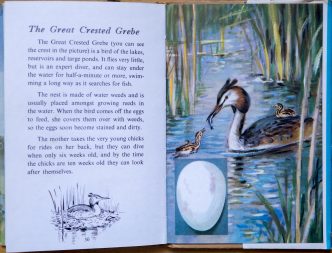
The Third Ladybird Book of British Birds – #17 The Great Crested Grebe
I’m currently reading the third volume of the Ladybird Book of British Birds and their nests from the 1950s. Times have changed: …

I’m currently reading the third volume of the Ladybird Book of British Birds and their nests from the 1950s. Times have changed: …
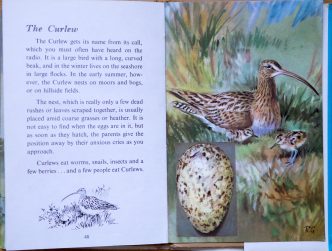
I’m currently reading the third volume of the Ladybird Book of British Birds and their nests from the 1950s. Times have changed …
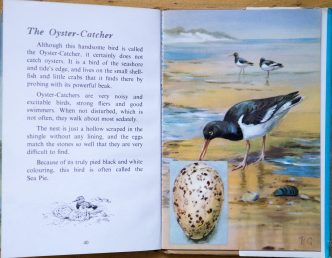
I’m currently reading the third volume of the Ladybird Book of British Birds and their nests from the 1950s again. Here it …
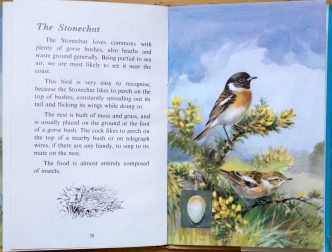
I’m currently reading the third volume of the Ladybird Book of British Birds and their nests from the 1950s. Times have changed, …
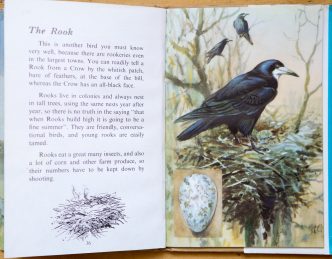
I’m currently reading the third volume of the Ladybird Book of British Birds and their nests from the 1950s. Times have changed: …
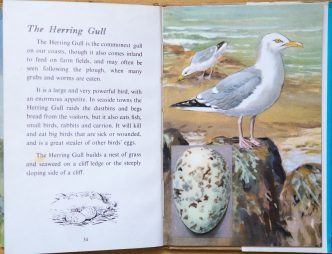
I’m currently reading the third volume of the Ladybird Book of British Birds and their nests from the 1950s. Times have changed: …
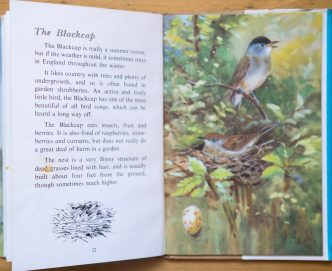
I’m currently reading the third volume of the Ladybird Book of British Birds and their nests from the 1950s. Times have changed: …
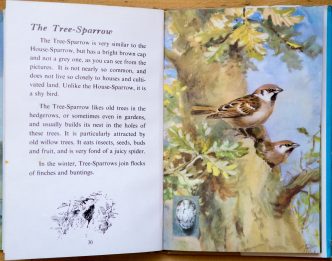
I’m currently reading the third volume of the Ladybird Book of British Birds and their nests from the 1950s. Times have changed. …
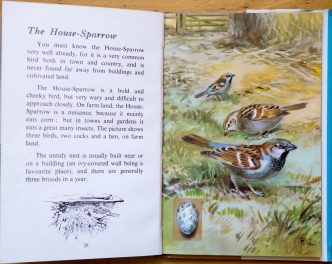
I’m currently reading the third volume of the Ladybird Book of British Birds and their nests from the 1950s. Times have changed: …
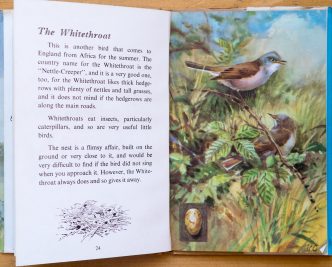
I’m currently reading the third volume of the Ladybird Book of British Birds and their nests from the 1950s. Times have changed: …

I’m currently reading the third volume of the Ladybird Book of British Birds and their nests from the 1950s. Today it’s the …
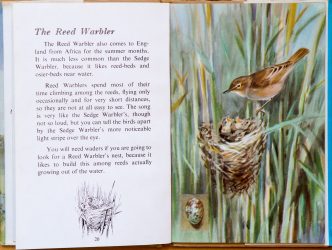
I’ve just picked up the third volume of the Ladybird Book of British Birds and their nests from the 1950s again. Today …
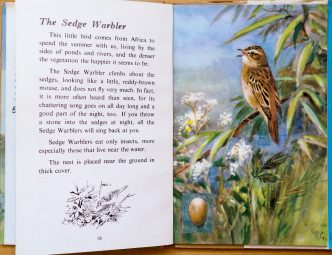
I’m not surprised the Sedge Warbler doesn’t fly much. I would want a rest from flying if I’d just flown non-stop from Africa to Somerset.
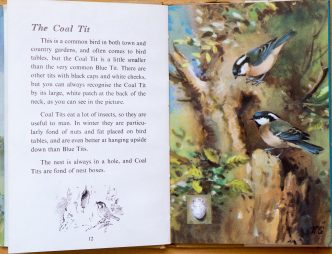
A pair of Coal Tits had the largest number of bird fleas ever reported from a single nest: that’s 5,754 fleas.
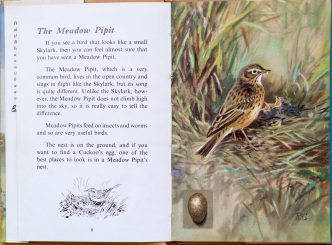
We’ve killed over one in three Meadow Pipits in the UK in the last 45 years.
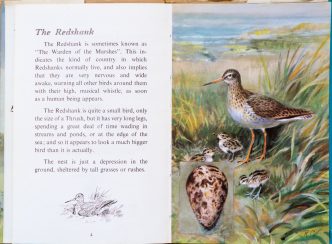
Redshanks declined by 38% from 1995 to 2015.
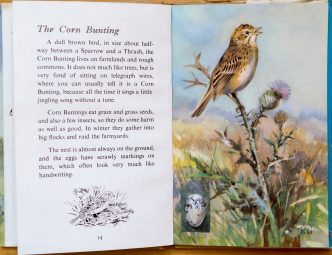
The birds of my childhood books have been almost eliminated from the British countryside in my lifetime.
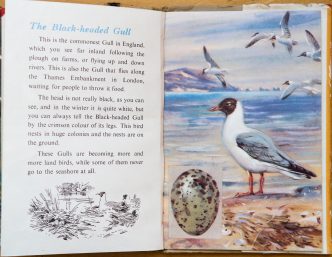
It’s Day 16 of turning the pages of this 1950s Ladybird book of British Birds to see what’s changed since it was …

It’s Day 15 of turning the pages of this 1950s Ladybird book to see what’s changed since it was published. Today; The …
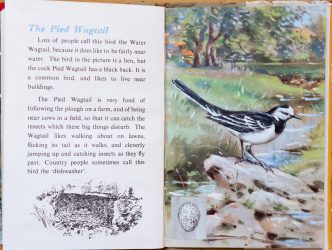
It’s Day 14 of turning the pages in this 1950s Ladybird book of British Birds. “…it does like to be fairly near …
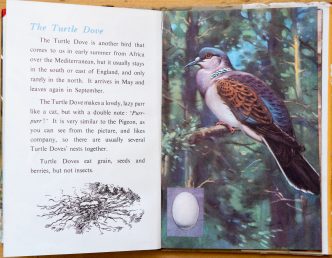
It’s Day 13 of turning the pages in this Ladybird Book of British Birds. I’ve been enjoying the Allen Seaby illustrations but …
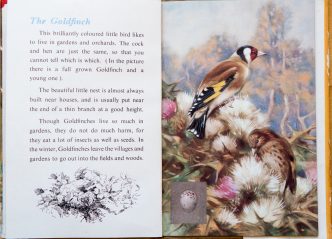
What’s changed for the Goldfinch since this 1950s Ladybird book was published?
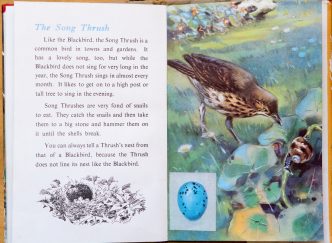
I’m turning the pages of this 1950s Ladybird book to see what’s changed in wildlife, childhood, technology and me. The numbers of Song Thrushes have halved from 1970 to 2015.
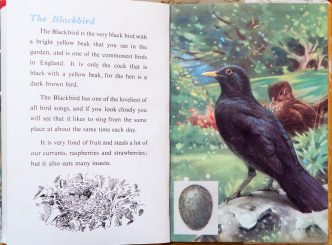
What’s changed since this 1950s Ladybird Book of British Birds was published?
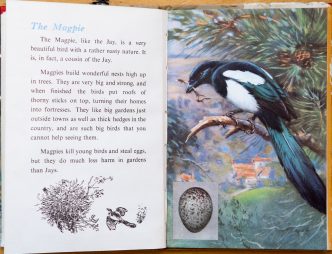
It’s Day 9 of turning the pages in this 1950s Ladybird book to see what’s changed in the past 60 years: “The …
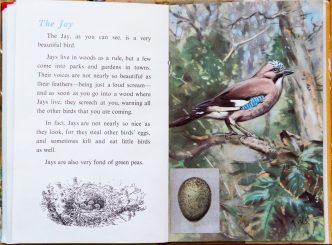
On Day 8 of turning the pages of this Ladybird book I find out that there’s one rule for the rich and one for the poor when it comes to wildlife persecution..
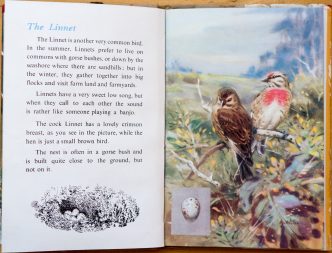
Turning the next page of this Ladybird book and it’s the Linnet: It says: “The Linnet is another very common bird.” It’s …
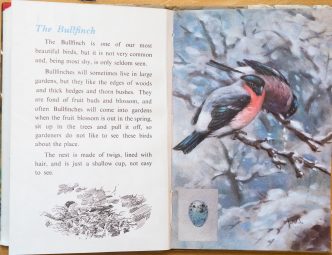
I’m leafing through my copy of The First Ladybird Book of British Birds and their Nests this month. Turning the page today …
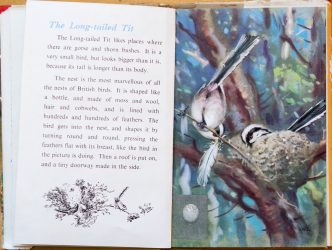
Turning to the next page in this 1950s Ladybird book shows the Long-tailed Tit: I prefer to call them Long-Tailed Bushtits because …
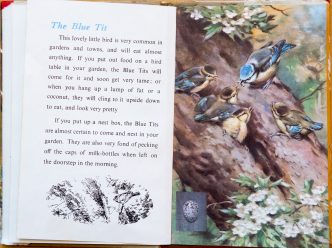
Leafing through this 1950s Ladybird book is fascinating. Today I’ve come to the Blue Tit: Here’s my childhood sketch of Blue Tits. …